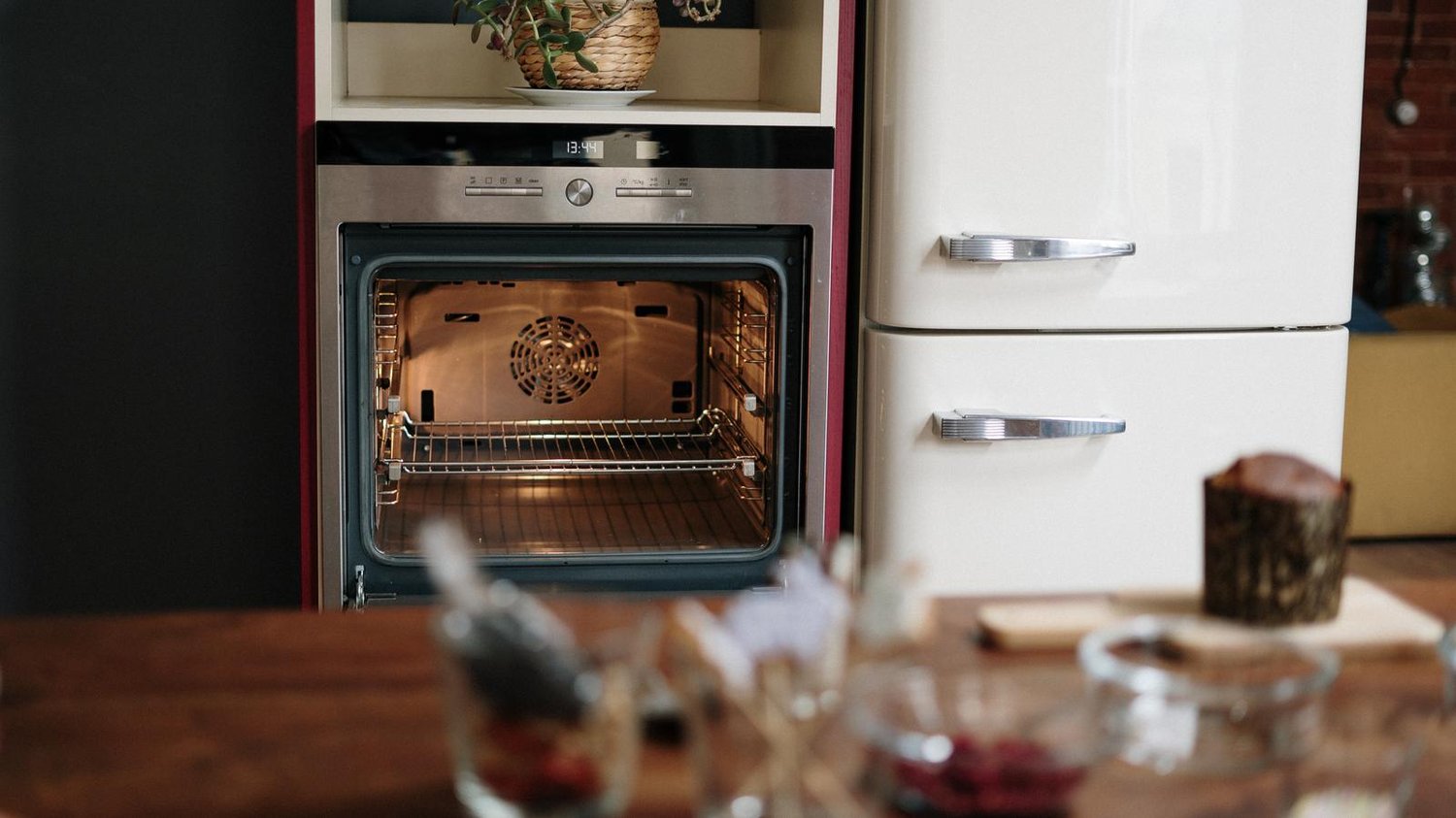Introduction:
If you love cooking, then you know how important it is to have an oven that functions properly. One of the key components of your oven is the thermostat, which regulates the temperature inside the oven. Without a functioning thermostat, your oven won't be able to cook your food evenly or accurately. In this article, we will explore everything you need to know about oven thermostats.

What is an Oven Thermostat?
An oven thermostat is a device that controls the temperature inside your oven. It measures the temperature inside the oven and then regulates it by turning the heating element on or off as needed. The thermostat is responsible for maintaining a consistent temperature inside the oven, which is essential for cooking food evenly.
Types of Oven Thermostats:
There are two types of oven thermostats: mechanical and electronic. Mechanical thermostats use a bimetallic strip to sense the temperature inside the oven. As the temperature changes, the strip expands or contracts, which then moves a mechanical arm to turn the heating element on or off. Electronic thermostats, on the other hand, use a sensor to detect the temperature inside the oven. The sensor sends a signal to a microprocessor, which then turns the heating element on or off as needed.
Signs of a Faulty Oven Thermostat:
If your oven is not heating up properly, it could be a sign that the thermostat is faulty. Other signs of a faulty thermostat include uneven cooking, burnt or undercooked food, and the oven not reaching the desired temperature. If you notice any of these signs, it's important to get your oven thermostat checked by a professional.
How to Test Your Oven Thermostat:
If you suspect that your oven thermostat is faulty, you can perform a simple test to check if it's working properly. First, preheat your oven to 350°F. Then, place an oven thermometer inside the oven and wait for it to reach the desired temperature. Once the oven has reached 350°F, check the temperature reading on the thermometer. If the temperature is not accurate, it could be a sign that your oven thermostat is faulty.
Replacing Your Oven Thermostat:
If your oven thermostat is faulty, it's important to get it replaced as soon as possible. Replacing an oven thermostat can be a complex task, so it's recommended that you hire a professional to do it for you. The cost of replacing an oven thermostat will depend on the type of thermostat and the complexity of the job.

Conclusion:
Your oven thermostat plays a vital role in ensuring that your oven functions properly. It regulates the temperature inside the oven, which is essential for cooking food evenly. If you notice any signs of a faulty thermostat, it's important to get it checked by a professional. Remember, a faulty thermostat can lead to uneven cooking, burnt or undercooked food, and can even be a safety hazard. So, make sure you take good care of your oven thermostat to ensure that your oven works perfectly every time you use it.

